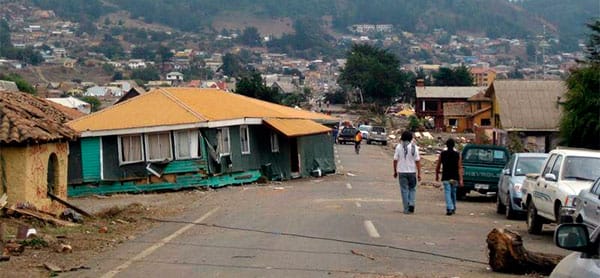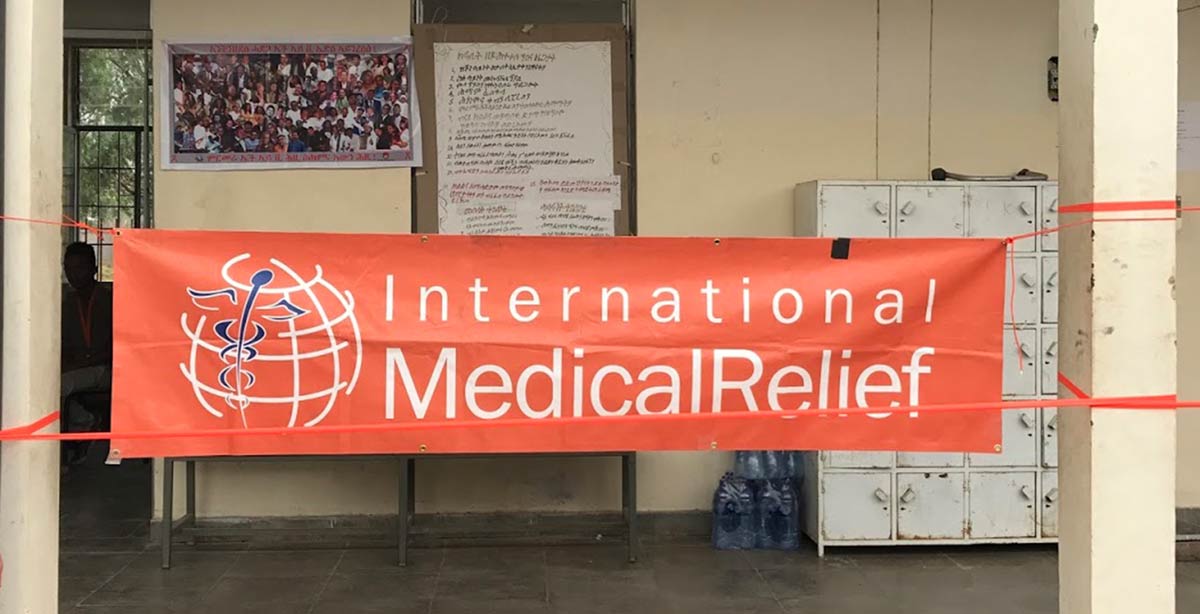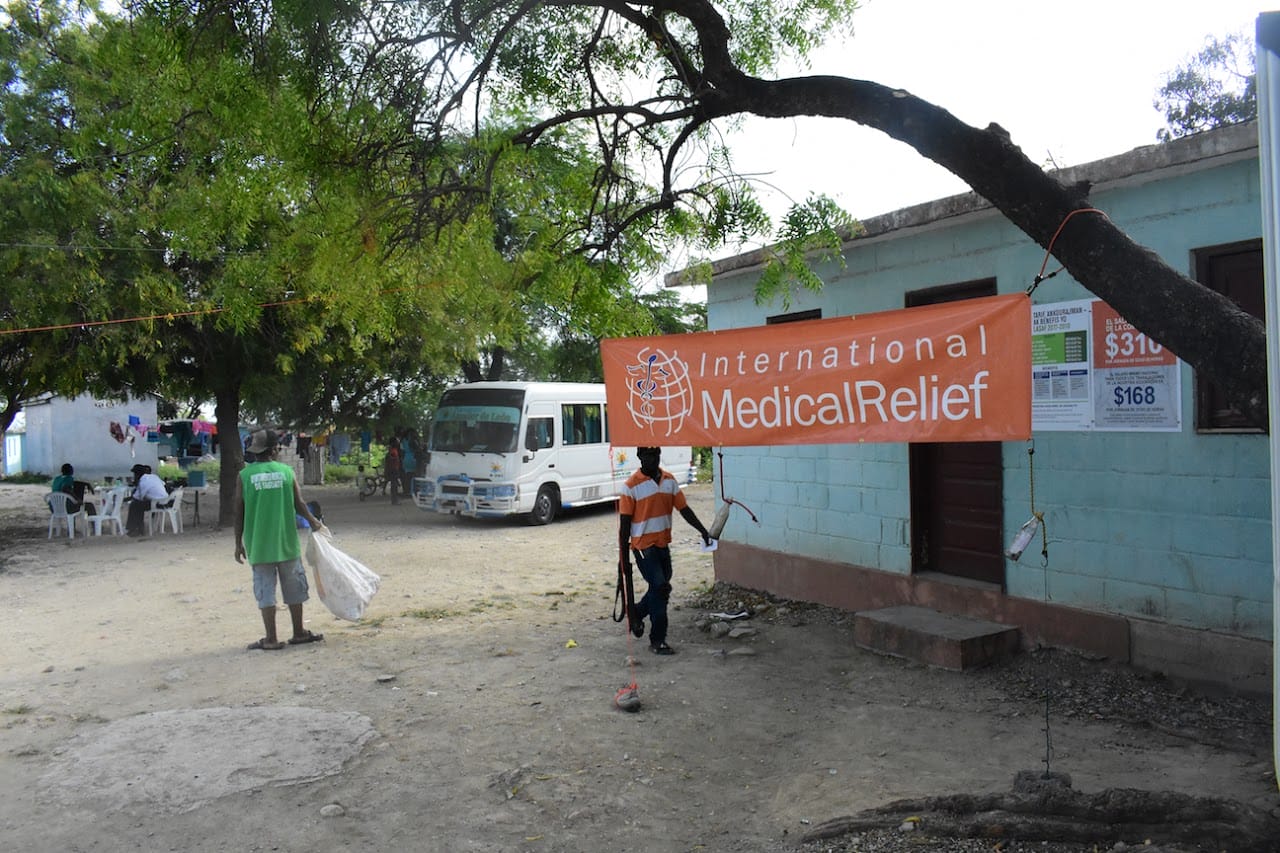Nutrition is a crucial component to increase health outcomes. Millions of people are suffering from different forms of malnutrition. It is reported that about 1.9 billion adults are overweight or obese while 462 million are underweight. Among children, 52 million under-fives are suffering from wasting, where they have a low weight for height. In order to help improve the overall well-being of a community, IMR also works to provide some communities with livestock donations, agricultural seed planting, and food aid distribution. In every community we serve, we always hold a community health education class on nutrition.
Some of IMR’s initiatives include planting Moringa trees in communities around the world. The Moringa tree (Moringa oleifera), also called the Drumstick Tree, Horseradish Tree, and Ben Oil or Benzoyl Tree, is an amazing, fast-growing tree native to the Himalayan foothills in northern India. It is so adaptable, it grows well in most tropical and subtropical climates, even in areas with limited rainfall and poor soil. It can withstand drought and it loves the sun and extreme heat. Also, almost every part of the tree can be eaten.
- The leaves are the most nutritious part of the plant. They can be eaten fresh or cooked like you would eat spinach, or they can be dried and powdered to add to soups and sauces. They are high in protein and loaded with nutrients and phytochemicals. Moringa leaves are being used to help to fight malnutrition in developing countries, especially among children and nursing mothers.
- The seed pods are called drumsticks and eaten as vegetables, often added to soups and curries.
- The seeds can be pressed to release ben oil, which can be used as a food supplement and potentially as a biofuel.
- The roots have a flavor similar to horseradish and can be shredded to flavor foods.
There are many other ways Moringa Trees can benefit communities including making an excellent forage for livestock and can prevent soil erosion. The phytochemicals on the leaves have antiseptic and detergent properties that can be effective for hand washing. Also, Moringa seed cake, the byproduct of pressing the seeds to release the oil, can be used to filter water and make it safe for humans and animals to drink.



